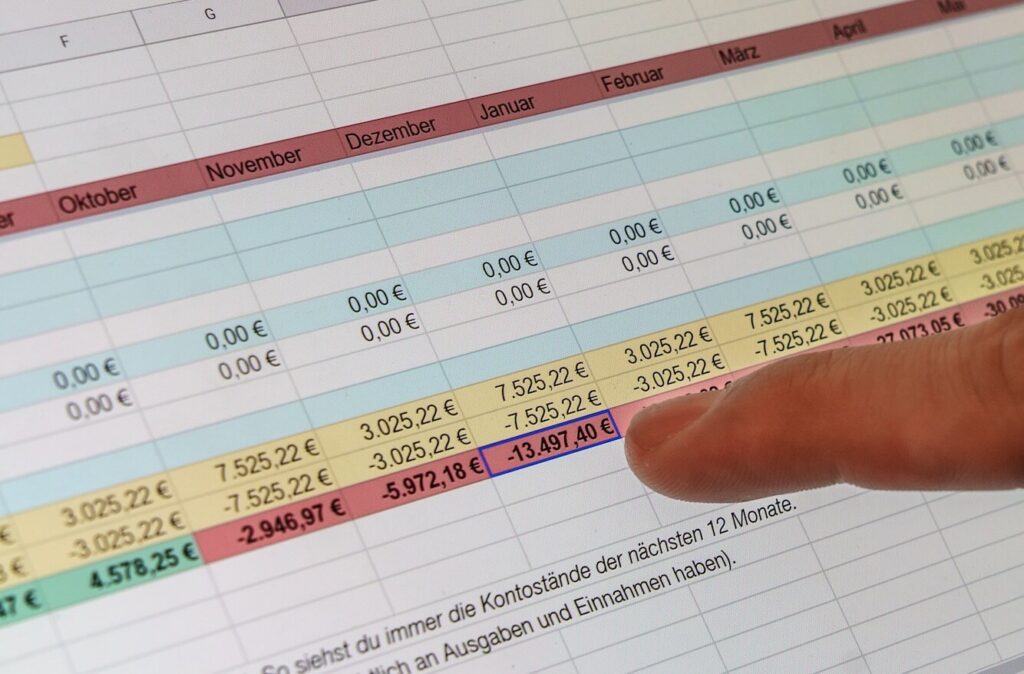In a digitally driven work environment, HR professionals face the complex challenge of ensuring productivity while also preserving employee trust and privacy. One tool that has garnered attention in recent years is employee monitoring software. While these systems offer real-time insights into workplace efficiency, navigating the intricacies of these tools can be daunting.
This comprehensive guide aims to demystify employee monitoring software, offering HR professionals the knowledge they need to harness its benefits effectively and ethically.
Table of Contents
Understanding The Scope And Functions Of Monitoring Software
The first step towards implementing any new technological tool is understanding its capabilities. Employee monitoring software is designed to track various forms of data, including but not limited to, computer usage, application activity, and online behaviors. This encompasses a range of activities, from website visits to time spent on specific tasks.
In the context of the growing remote work culture, remote employee monitoring software is gaining traction. These specialized tools ensure that employees, regardless of their physical work setting, adhere to company policies and maintain productivity. They can offer features like screenshot capturing for task proof, login time tracking, and even keystroke recording.
However, it’s crucial that HR professionals balance these extensive monitoring capabilities with respect for employee privacy, which brings us to our next point.
Balancing Employee Privacy With Company Security
Ethical considerations are at the forefront of implementing monitoring software. HR professionals must create a balance where the company’s security protocols and productivity requirements do not infringe on individual privacy rights. This involves transparent communication about what the software tracks, securing employee consent, and limiting monitoring to professional realms only.
Additionally, involving legal counsel ensures that the monitoring policies comply with regional privacy laws and regulations, protecting the organization from potential legal backlashes.
Establishing Clear Policies And Expectations
Before rolling out any monitoring software, HR must establish clear, comprehensive policies around its use. This includes detailing the reasons for monitoring, the extent of the surveillance, and the data being collected.
Employees are more likely to accept monitoring software if they understand its necessity and the boundaries of its operation. Moreover, clear guidelines on acceptable use of company resources provide a reference point, promoting a culture of accountability and responsibility.
Choosing The Right Software For Your Company
Not all employee monitoring software is created equal. Some offer basic features like tracking online browsing history, while others provide more comprehensive insights, including detailed productivity reports.
HR professionals need to assess the specific needs of their organization, considering factors like company size, remote versus in-office work, and the nature of the tasks being performed. Product demos and free trials are invaluable resources for understanding how a software’s features align with company needs.
Analyzing Data To Improve Work Conditions
Beyond overseeing employee activity, monitoring software provides data that can be instrumental in enhancing work conditions and practices. Metrics on common work hours, frequently used applications, and overall computer usage patterns can inform decisions on everything from software licenses to potential needs for additional training. This analytical approach shifts the focus from surveillance to improvement, benefiting the overall company culture.
Conclusion
Navigating the world of employee monitoring software is a nuanced task that, when executed thoughtfully, can significantly benefit both employers and employees. By understanding the functions of these tools, respecting privacy, establishing clear policies, choosing appropriate software, and using data for improvement, HR professionals can integrate these systems in a manner that bolsters productivity without eroding trust.
The key lies in remembering that these tools are not just for oversight but can be powerful in building a supportive, efficient, and secure work environment. In the evolving landscape of professional settings, especially with the rise of remote work, embracing such technology is less of an option and more of a necessity for staying ahead. Yet, the human element within human resources must always guide the use of any such technology, ensuring that progress never compromises respect and integrity.
The post Employee Monitoring Software: A Comprehensive Guide For HR Professionals appeared first on Entrepreneurship Life.





Leave a Reply